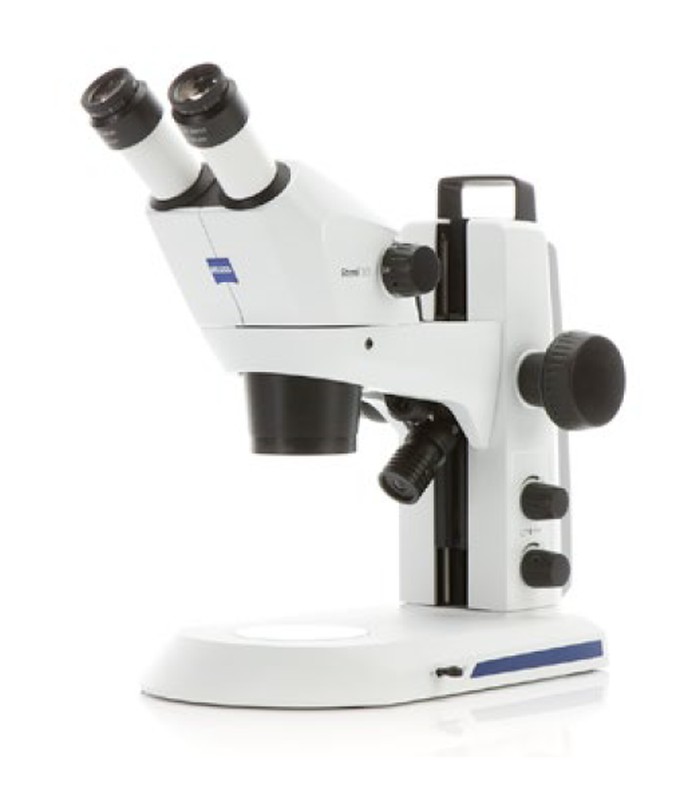Stereomicroscopes or binocular loupes
What is a stereomicroscope? What is it for? What are its advantages and benefits? All the secrets of this optical instrument.

A stereomicroscope or binocular loupe is a magnifying optical instrument (a magnifying glass), which has the particularity that it allows 3D viewing, stereoscopic or with relief, a very important utility for the observation of biological and mineral samples , both translucent and opaque.
This comprises a head binocular with two eyepieces 10X, typically Wide Focus or large field, a target selectable or fixed magnification zoom system, a support or gantry column by which moves up or down the optical assembly, a foot or base that incorporates the stage with clamps and finally a lighting system , which can be tungsten, halogen or LED.
In a binocular loupe the lighting system is very important since the image that we observe is formed by reflection, therefore, from the lighting, the more or less clear observation of opaque or translucent samples will depend. The lighting is lateral and can be incident or transmitted , at the same time it can also be of adjustable intensity. The transmitted light is that which is emitted from the bottom or base and passes through or is transmitted through the interior of the sample , it is used for transparent or translucent samples. Incident lighting is that which is projected onto the sample from the sides or the top and reflects on its surface. This lighting is useful in opaque samples .
There are several types of lighting, among which we highlight tungsten, halogen and white LED light , which is currently the most common.
The lens contains the magnifying glass or loupes, these magnifications can be selectable fixed , usually 2X or 4X or zoom or variable magnification, the most common range is between 0.7 and 4.5X. Recall that the total magnification of the magnifying glass is obtained by multiplying the magnification that the eyepieces give us, with the increase in the objective, so we can affirm that the most common total magnification range is between 7X and 45X .
Another fundamental characteristic of stereomicroscopes is that they allow a relatively large working distance when compared to microscopes. This distance is greater than 2 or 3cm and allows the observation of larger samples.
The stereo microscope or binocular loupe is an essential working tool in the field of biology, geology and materials science . It allows us to observe samples of a size larger than a microscope and it can be both living and dead matter .
In biology it is found in the laboratories and classrooms of botany, zoology and mycology and is used to observe the details of the observed individuals and thus be able to determine their species . Therefore, the main field of use is in taxonomy . They are an instrument to use in laboratories and classrooms of secondary, universities and research laboratories.
In mineralogy its use is limited to the observation of the different minerals that make up a rock or to see and qualify minerals or precious stones . In this sense they are also used in jewelry .






Opinions of our clients
Receive our news